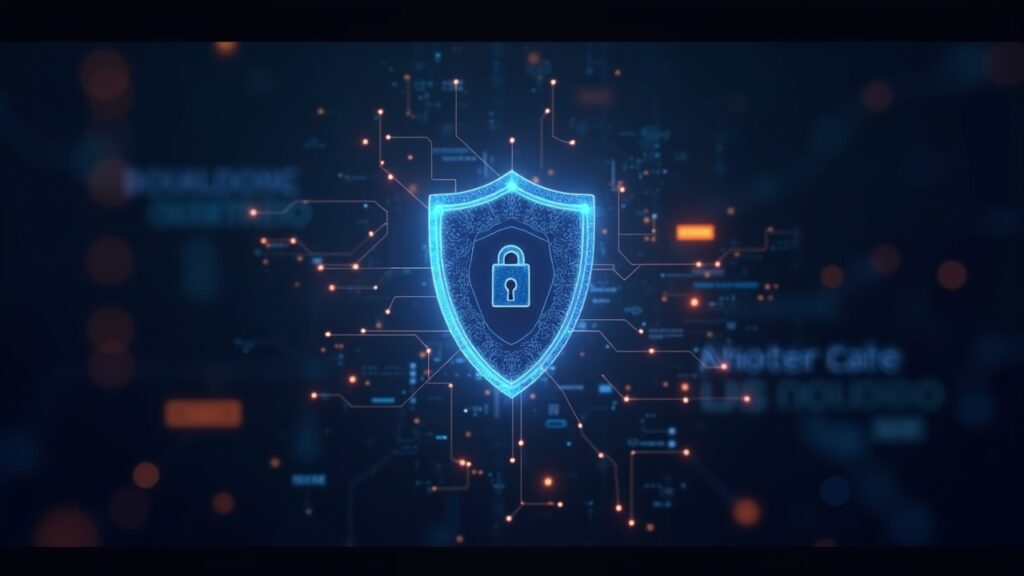Shutter Network hides transaction details before they reach the mempool using threshold encryption, aiming to stop front-running and sandwich attacks that harm users in decentralized markets. The system is live on Gnosis Chain with roughly a three-minute delay, designed to block Maximal Extractable Value (MEV) while preserving transaction ordering by gas price. The approach seeks to make markets fairer by limiting information available to bots until a controlled reveal.
Shutter builds its privacy with Distributed Key Generation, BLS threshold signatures, and Shamir-type secret sharing. A fixed group of Keypers holds key fragments, users encrypt transactions and submit them in blocks, and after a preset time or event the Keypers publish their decryption shares. A Lagrange interpolation or signature aggregation reconstructs the key and unlocks the batch, ensuring no single participant can decrypt alone.
Bots see only ciphertext, so they cannot reorder trades before inclusion, although gas price still determines whether a packet enters a block. The live version on Gnosis Chain keeps transactions hidden for roughly three minutes, far longer than the five second block time, creating a delayed-reveal window that suppresses opportunistic reordering.
Shutter plans to cut the delay with hardware acceleration, faster code, more Keypers, and layer-2 deployments. It also tests batched threshold encryption to spread costs across many transactions and reduce per-transaction overhead.
Benefits, risks, and scalability
The design lowers visible MEV, resists censorship, and shrinks sandwich losses, which can reduce surprises for retail traders. By delaying decryption and aggregating transactions, the system limits adversarial strategies that depend on early visibility.
The permissioned Keyper list introduces governance and centralization hazards. Bribery or key theft could let the committee censor or reorder decryption, while processing each transaction separately can overload the Keypers and add latency. Epoch-based or batched modes trade some privacy for speed, seeking a balance between throughput and confidentiality.
Shutter offers a concrete cryptographic shield against MEV that links DKG, BLS signatures, and Shamir sharing. Wider use hinges on cutting the three-minute wait and diluting control among more Keypers, and the roadmap includes speed-ups and scaling trials to reach these targets.

